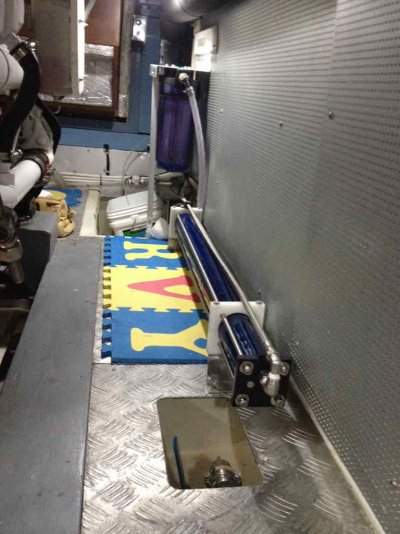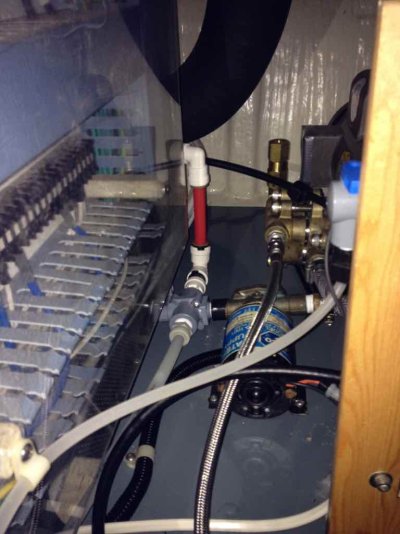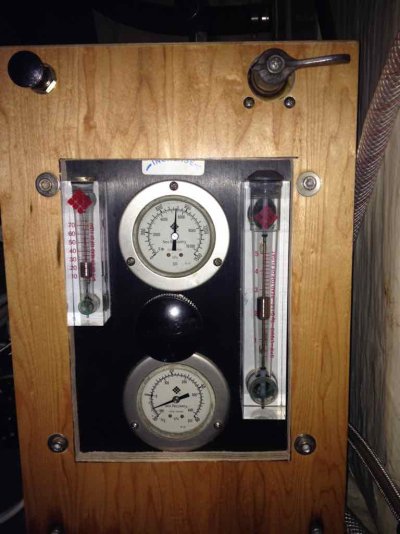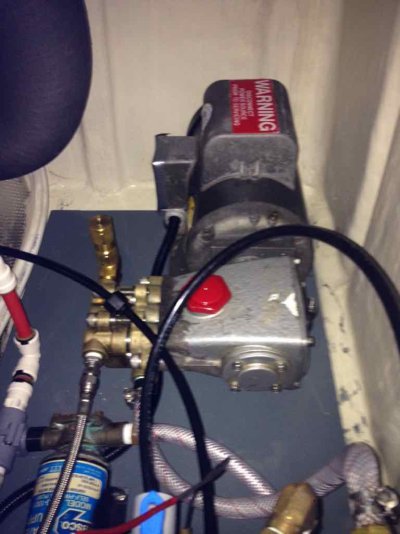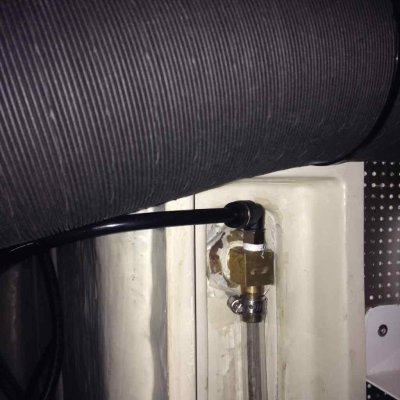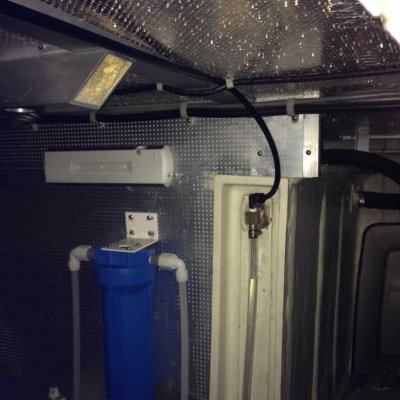ksanders
Moderator Emeritus
Pete
Great comments!
Instead of quoting your post I'll offer some comments..
I had the same question regarding the Murdock fittings. When I googled the Murdock fittings I found that they are in wide use among RO manufacturers, so I had no problem using them. I found them easy to use and only had one leak which was my fault.
Regarding their use below the waterline, well the installation does not require that.
The salt water inlet to the system is the filter assembly. That has a 1/2" FPT fitting. You can run whatever you want to it from your seacock. In my installation I used a Raritan sea strainer which is mounted right at the waterline as it should be.
Good installation practice would dictate that the filters also be above the waterline alleviating any below the waterline concerns. The concept here is that we want to minimize the below the waterline connections and devices.
The boost pump I have no problem with. Yes they could have used a different pump. They chose that pump though. I will not pretend to be a watermaker engineer and I am not going to question every design decision they made. I bought a unit with a nice manufacturers warranty, and assume that it is engineered for its intended purpose.
Best of luck on finishing your install. I found mine to be easy and straightforward.
Great comments!
Instead of quoting your post I'll offer some comments..
I had the same question regarding the Murdock fittings. When I googled the Murdock fittings I found that they are in wide use among RO manufacturers, so I had no problem using them. I found them easy to use and only had one leak which was my fault.
Regarding their use below the waterline, well the installation does not require that.
The salt water inlet to the system is the filter assembly. That has a 1/2" FPT fitting. You can run whatever you want to it from your seacock. In my installation I used a Raritan sea strainer which is mounted right at the waterline as it should be.
Good installation practice would dictate that the filters also be above the waterline alleviating any below the waterline concerns. The concept here is that we want to minimize the below the waterline connections and devices.
The boost pump I have no problem with. Yes they could have used a different pump. They chose that pump though. I will not pretend to be a watermaker engineer and I am not going to question every design decision they made. I bought a unit with a nice manufacturers warranty, and assume that it is engineered for its intended purpose.
Best of luck on finishing your install. I found mine to be easy and straightforward.
Last edited:

